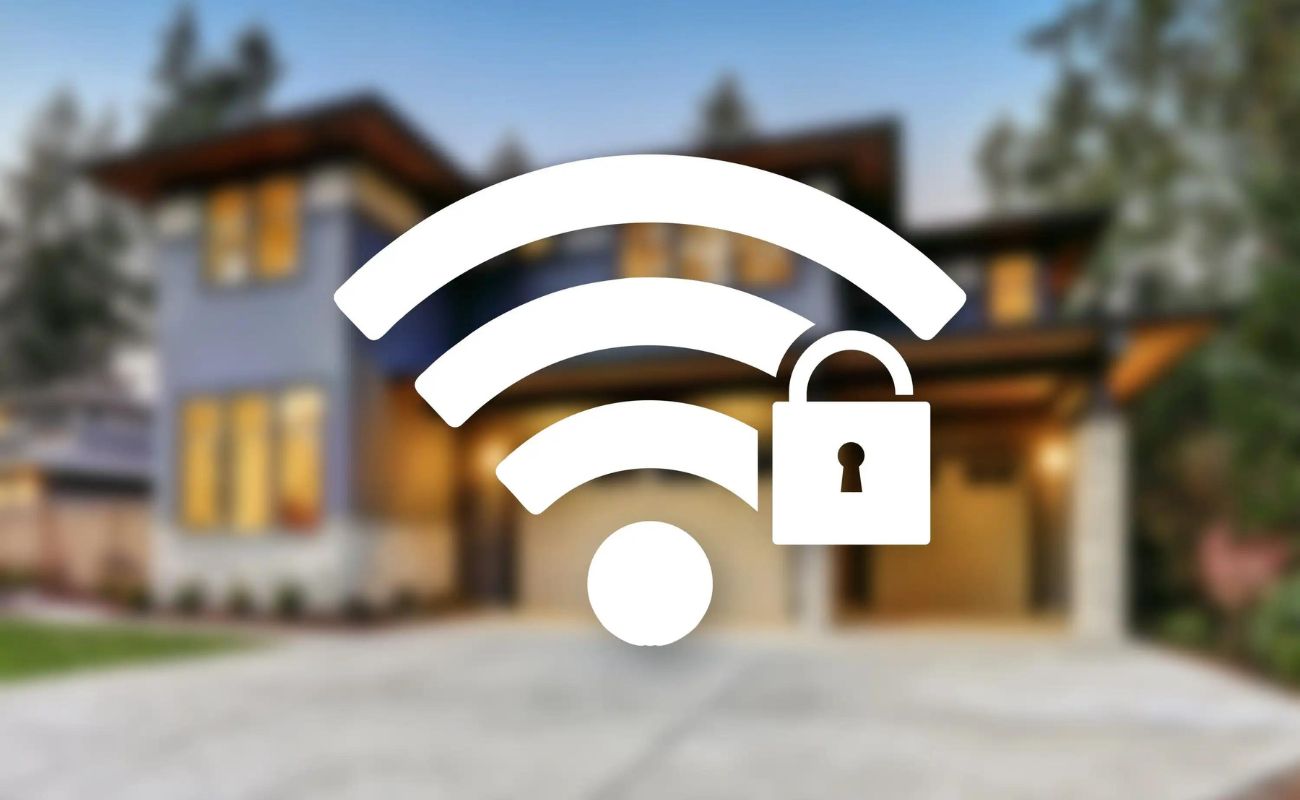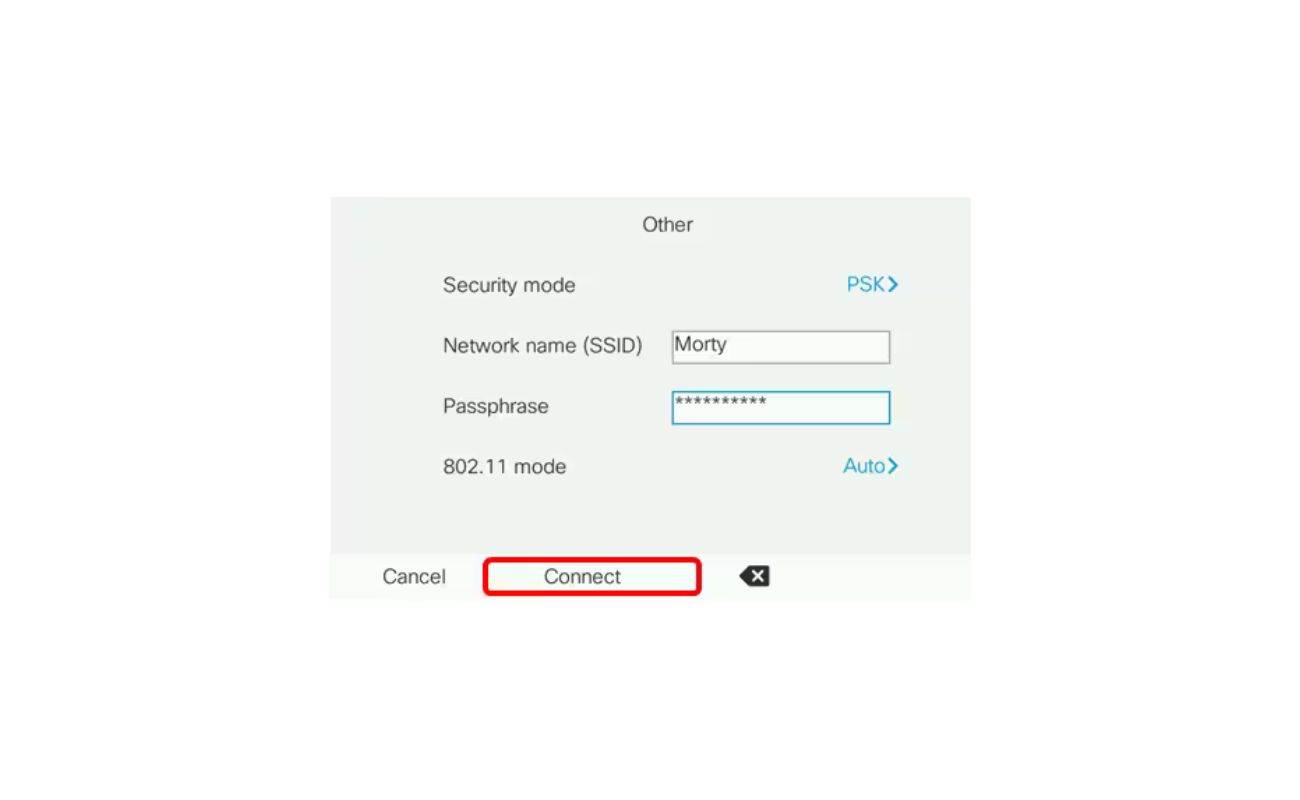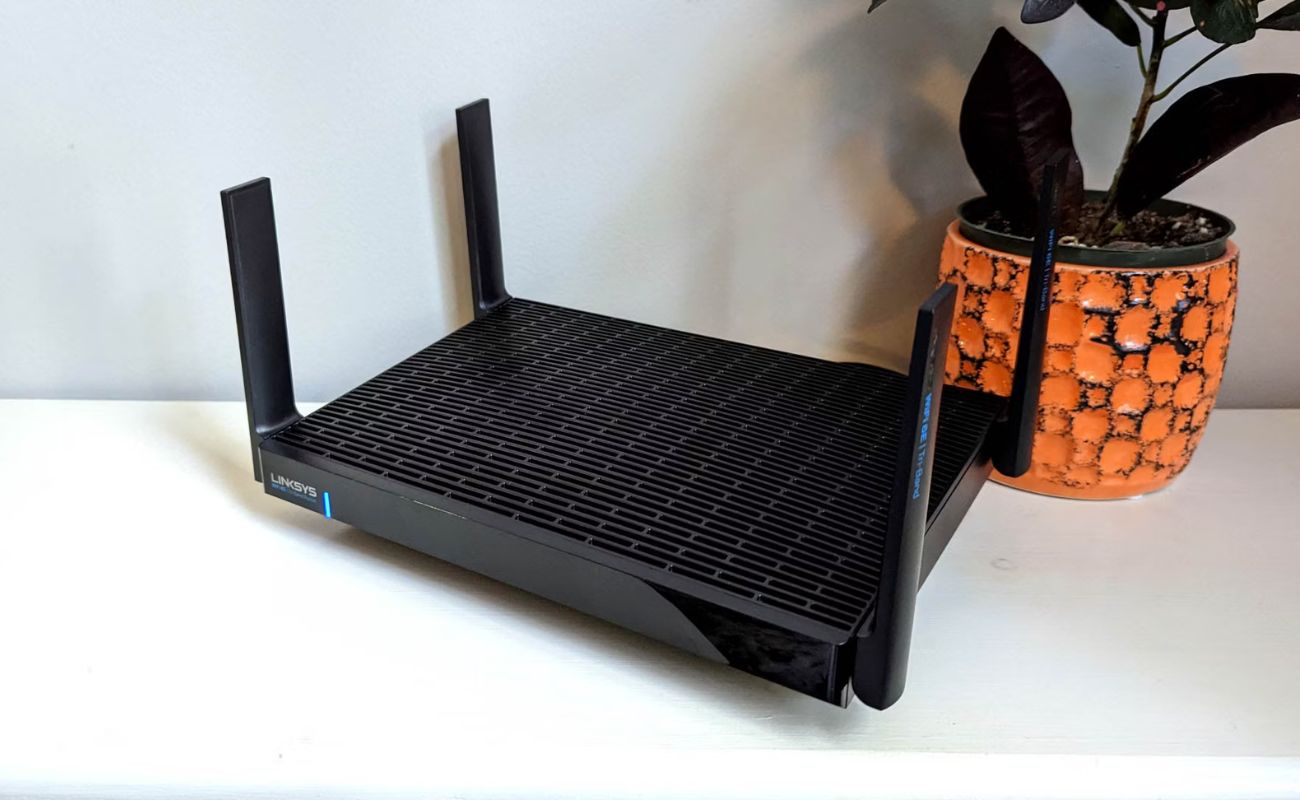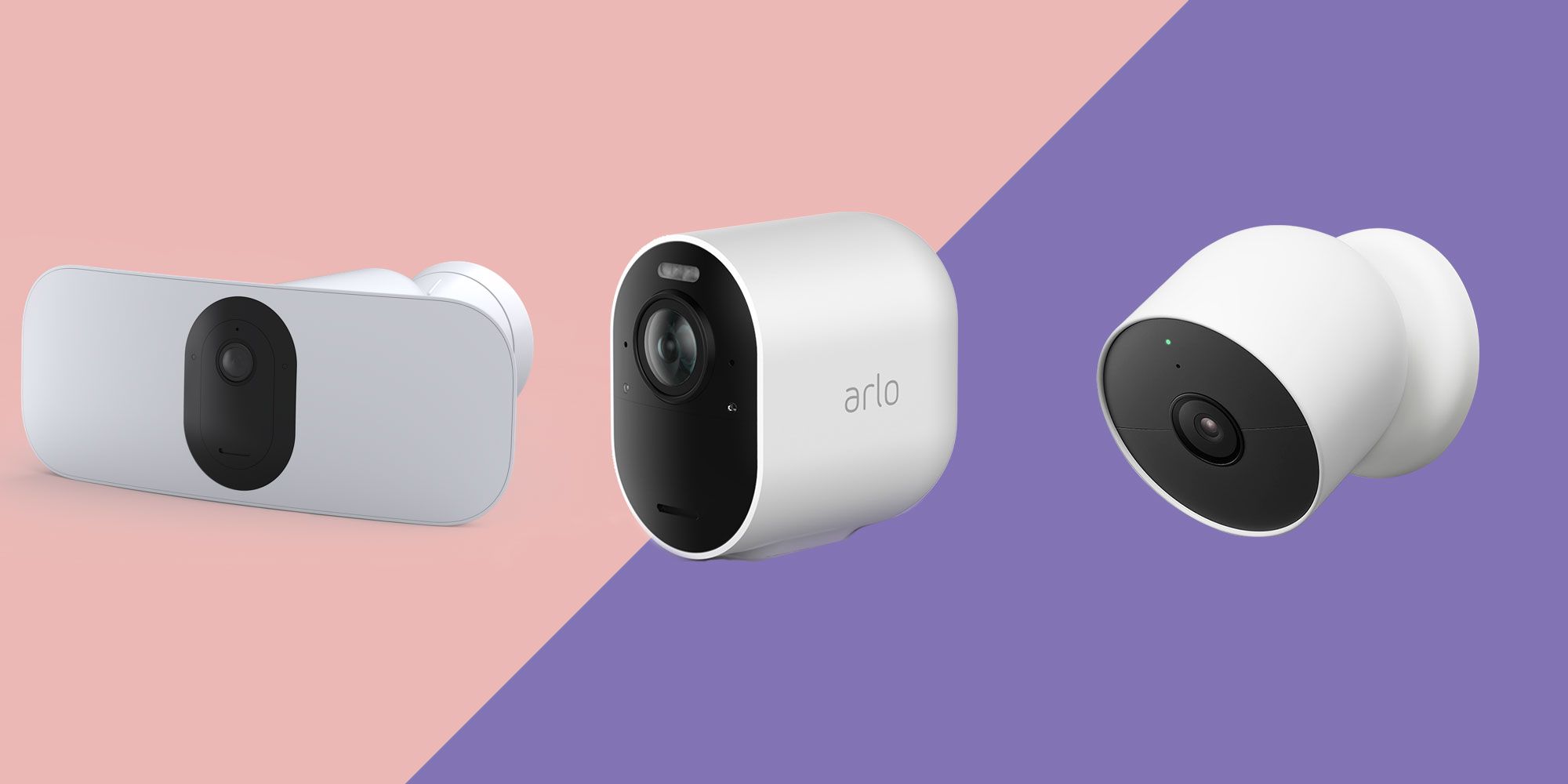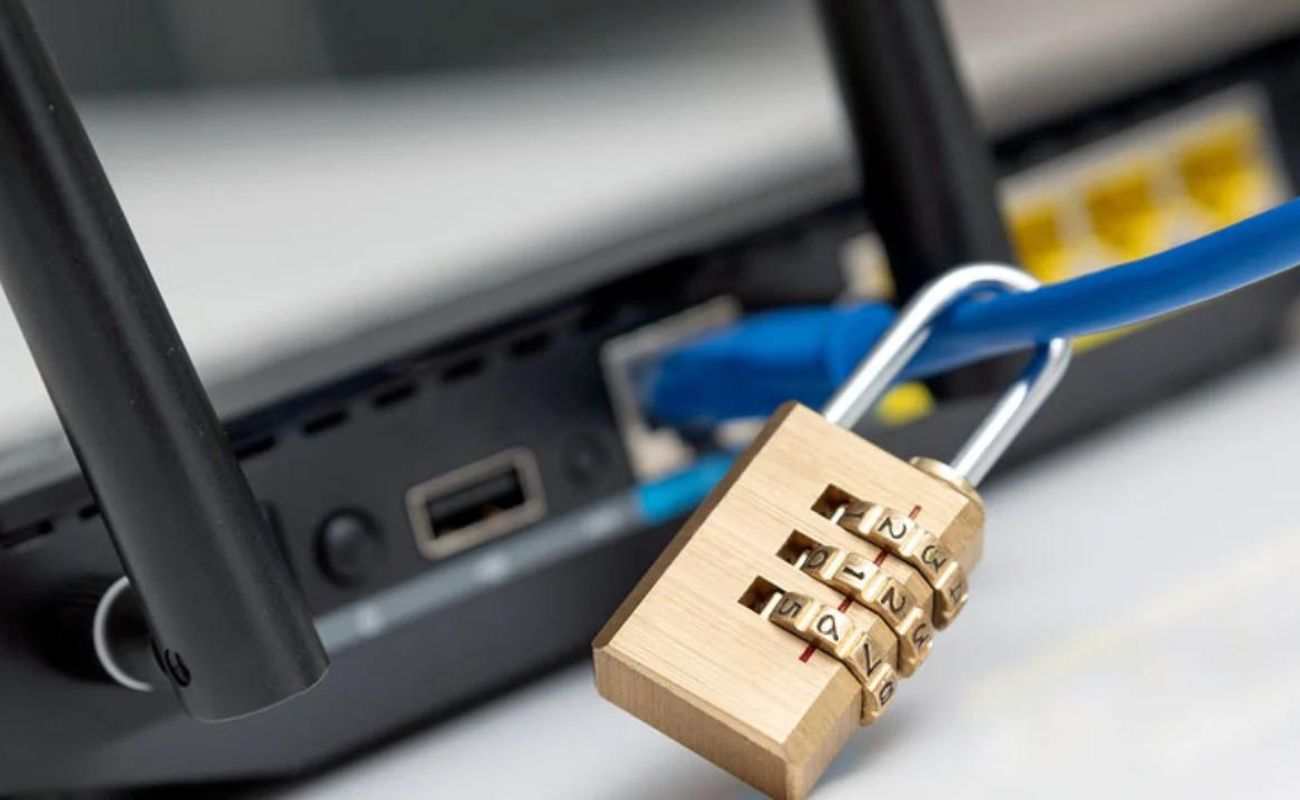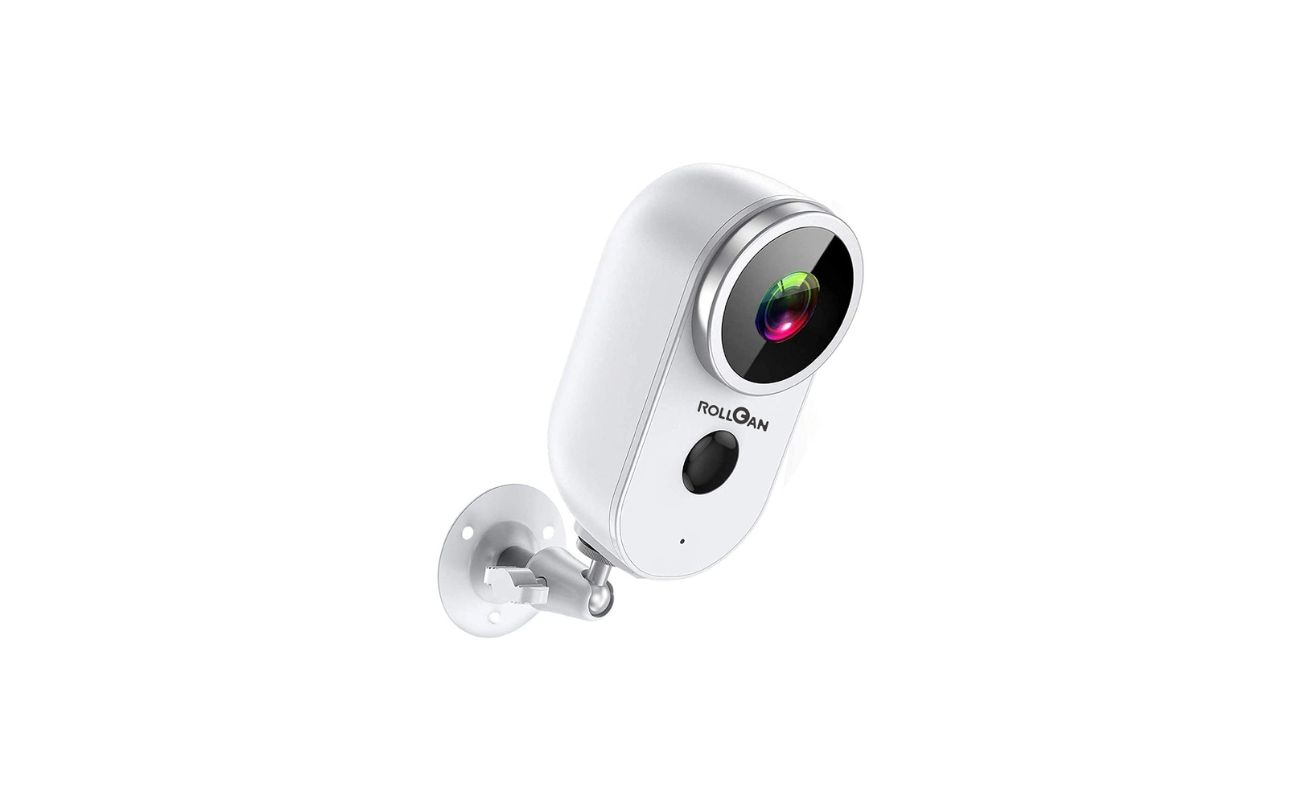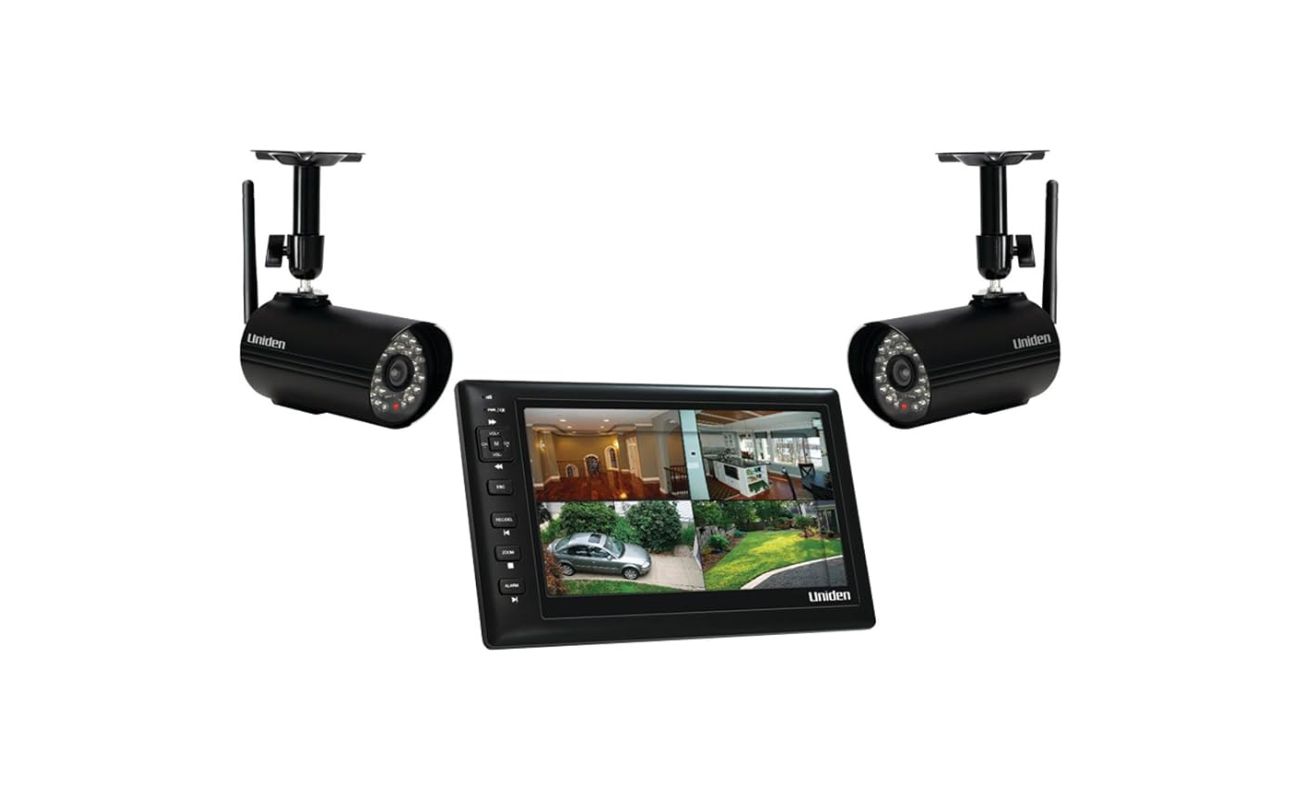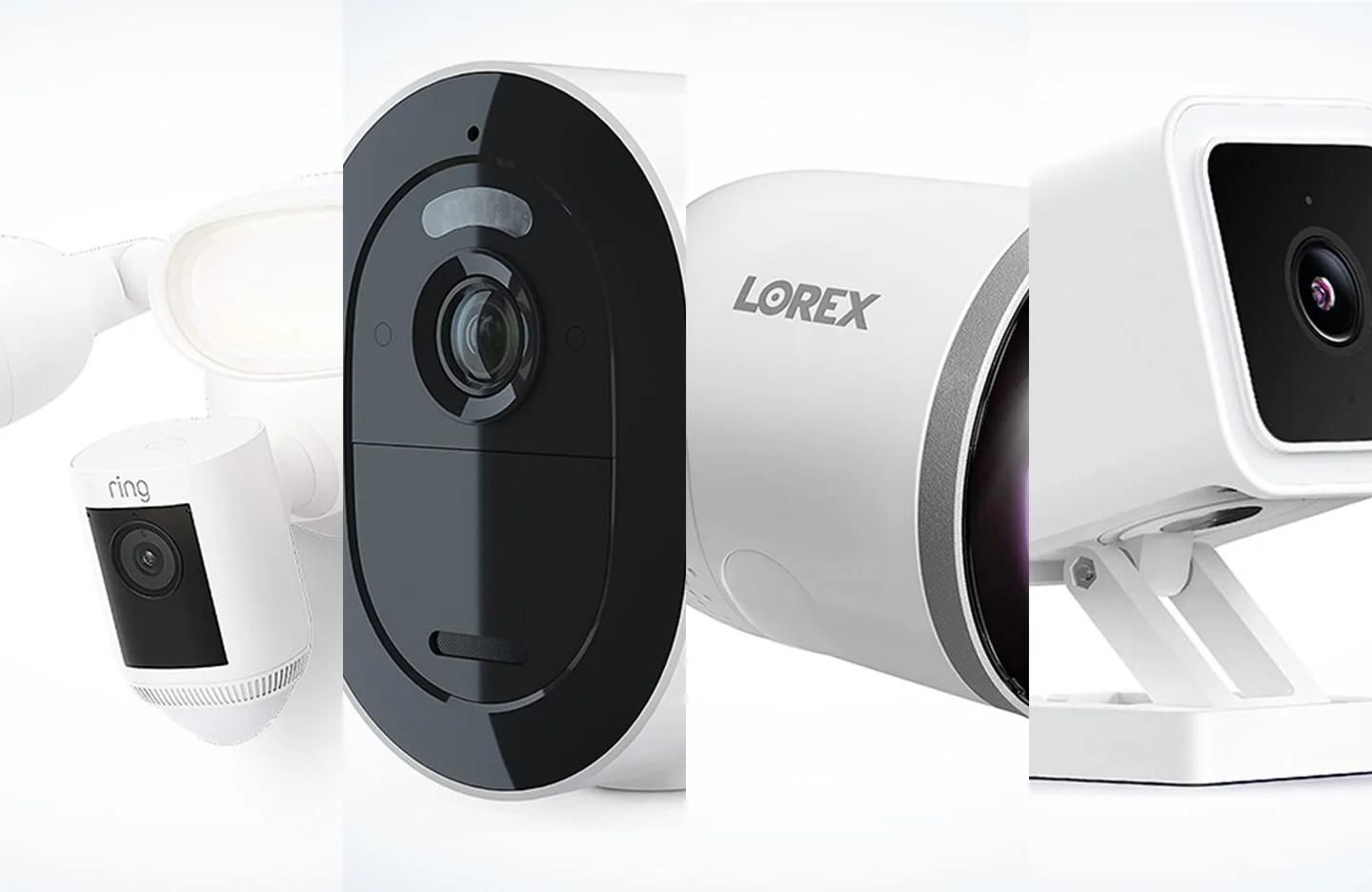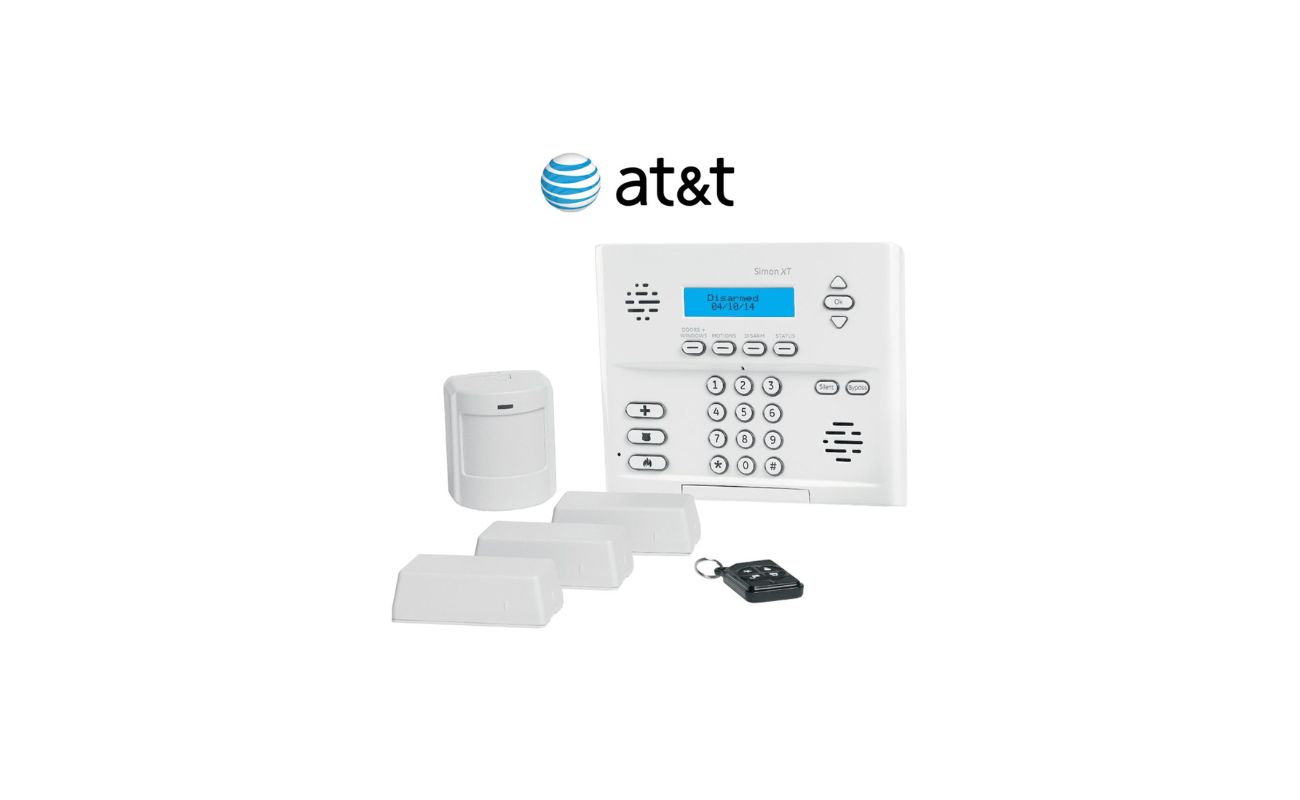Home>Home Security and Surveillance>What Are The Three Generations Of Wireless Security?


Home Security and Surveillance
What Are The Three Generations Of Wireless Security?
Modified: March 6, 2024
Learn about the three generations of wireless security for home security and surveillance. Stay informed and protect your home with the latest advancements.
(Many of the links in this article redirect to a specific reviewed product. Your purchase of these products through affiliate links helps to generate commission for Storables.com, at no extra cost. Learn more)
Introduction
Welcome to the fascinating world of home security and surveillance! In today’s modern age, ensuring the safety and protection of our homes and loved ones has become a top priority. With advancements in technology, wireless security systems have taken center stage, offering convenience, flexibility, and peace of mind.
Wireless security systems revolutionized the way we protect our homes by eliminating the need for cumbersome wired installations. They provide the flexibility to place cameras, sensors, and other devices anywhere in the house without the hassle of drilling holes or concealing cables. Additionally, wireless security systems can be easily integrated with smartphones and other devices, allowing homeowners to monitor their property remotely.
Wireless security systems have evolved over time, with each generation introducing new features and improving security measures. In this article, we will explore the three generations of wireless security systems and their key attributes, providing you with the knowledge to make an informed decision when choosing the right system for your home.
Key Takeaways:
- Upgrade to WPA2 for the most secure wireless security. It offers strong encryption, robust authentication, and improved protection against various attacks, providing peace of mind for your home and loved ones.
- Regularly update and maintain your security system for optimal protection. Combine WPA2 with best practices like strong, unique passwords to safeguard your home effectively.
First Generation of Wireless Security: Wired Equivalent Privacy (WEP)
When wireless technology first emerged, Wired Equivalent Privacy (WEP) was introduced as the standard form of wireless security. WEP aimed to provide a level of security comparable to traditional wired networks. However, over time, its vulnerabilities became apparent.
WEP utilized a 40-bit encryption key, which was later upgraded to a 104-bit key for increased security. However, these encryption keys could be easily cracked using readily available software tools. This made WEP highly susceptible to unauthorized access and data breaches.
One of the major flaws of WEP was its reliance on static encryption keys. This meant that the same encryption key was used for all devices within the network, making it easier for hackers to intercept and decipher the key. Furthermore, WEP lacked proper authentication mechanisms, allowing unauthorized users to gain access to the network by spoofing MAC addresses.
Due to its vulnerabilities, WEP is no longer recommended for use in wireless security systems. Its lack of robust encryption and authentication measures puts your home network at risk of intrusion and unauthorized access.
It is essential to upgrade from a WEP-based wireless security system to a more advanced and secure option, such as the second and third generations we will explore next.
Second Generation of Wireless Security: Wi-Fi Protected Access (WPA)
Recognizing the vulnerabilities of WEP, the Wi-Fi Alliance introduced Wi-Fi Protected Access (WPA) as the next generation of wireless security. WPA aimed to address the weaknesses of WEP and provide enhanced levels of encryption and authentication.
WPA introduced several key improvements over WEP. One of the most notable enhancements was the implementation of the Temporal Key Integrity Protocol (TKIP) encryption algorithm. TKIP provided stronger encryption by dynamically changing the encryption key for each packet transmitted, making it more difficult for hackers to intercept and decipher the data.
In addition to improved encryption, WPA introduced the concept of pre-shared keys (PSK) or passphrase authentication. This allowed users to set up a unique passphrase for their wireless network, significantly improving security compared to WEP’s static encryption keys. WPA also implemented the use of authentication servers, such as Remote Authentication Dial-In User Service (RADIUS), to verify the identity of devices attempting to connect to the network.
Although WPA was a significant improvement over WEP, it still had its limitations. One of the vulnerabilities discovered in WPA was the possibility of offline brute-force attacks, where a hacker could capture a network’s handshake and attempt to crack the passphrase offline. This led to the development of the third and most current generation of wireless security – WPA2.
It is important to note that if you are currently using WPA, it is highly recommended to upgrade to WPA2 for enhanced security and protection against potential vulnerabilities.
When setting up wireless security, always use the latest encryption standards such as WPA3. Regularly update your router’s firmware to patch any security vulnerabilities.
Third Generation of Wireless Security: Wi-Fi Protected Access II (WPA2)
Wi-Fi Protected Access II (WPA2) is the latest and most advanced generation of wireless security systems. It builds upon the foundation of WPA and provides even stronger encryption and authentication mechanisms to protect your home network.
One of the primary advancements introduced in WPA2 is the implementation of the Advanced Encryption Standard (AES) algorithm. AES is a highly secure encryption protocol, considered one of the most robust encryption standards available. It provides a higher level of encryption and ensures the confidentiality and integrity of data transmitted over the wireless network.
WPA2 also introduced stronger key management through the 802.1X authentication protocol. This protocol enables more secure authentication methods, such as the use of digital certificates and Extensible Authentication Protocol (EAP) methods. It allows for more granular control over device access and authentication, further reducing the risk of unauthorized access.
Another notable feature of WPA2 is the introduction of the Counter Mode with Cipher Block Chaining Message Authentication Code Protocol (CCMP). This protocol provides enhanced protection against attacks, such as replay attacks and data integrity attacks, which were vulnerabilities present in previous generations of wireless security.
WPA2 also supports the use of personal and enterprise modes. Personal mode, also known as WPA2-PSK, uses a pre-shared key (PSK) authentication method, similar to WPA. On the other hand, enterprise mode, also known as WPA2-Enterprise, utilizes an authentication server, such as RADIUS, to authenticate users and devices on the network.
It is important to note that while WPA2 is currently the most secure wireless security option available, it is not without vulnerabilities. Some recent attacks, such as the Key Reinstallation Attack (KRACK), have highlighted potential weaknesses. However, these vulnerabilities are continually being addressed through firmware updates and improvements in security protocols.
In summary, WPA2 offers a significant improvement over its predecessors, providing stronger encryption, authentication, and key management. It is highly recommended to use WPA2 for your wireless security system, combined with other best practices such as regularly updating firmware and using strong, unique passwords.
Conclusion
Choosing the right wireless security system is essential in safeguarding your home and loved ones. The three generations of wireless security—WEP, WPA, and WPA2—have marked significant advancements in encryption, authentication, and key management.
While the first generation, WEP, provided a basic level of security, its vulnerabilities rendered it ineffective against determined hackers. The introduction of the second generation, WPA, brought significant improvements with stronger encryption and passphrase authentication. However, offline brute-force attacks showed the need for further enhancements.
The third generation, WPA2, is currently the most secure option available. With the implementation of AES, 802.1X authentication, and CCMP, it provides a higher level of encryption, more robust key management, and improved protection against various attacks.
It is crucial to understand that no security system is entirely invulnerable, and new vulnerabilities may arise with time. Regular firmware updates and practicing good security hygiene, such as using strong, unique passwords, can add an extra layer of protection.
When it comes to securing your home, investing in a wireless security system should not be taken lightly. Consider your specific security needs, such as the size of your property, the number of devices you have, and any additional features you require, such as remote monitoring capabilities.
By choosing the appropriate wireless security system, you can have peace of mind knowing that you have taken proactive steps to protect your home and loved ones. Stay informed about the latest advancements and security best practices, and remember to regularly update and maintain your security system for optimal protection.
Now that you are familiar with the three generations of wireless security, make an informed decision and take the necessary steps to secure your home today.
Frequently Asked Questions about What Are The Three Generations Of Wireless Security?
Was this page helpful?
At Storables.com, we guarantee accurate and reliable information. Our content, validated by Expert Board Contributors, is crafted following stringent Editorial Policies. We're committed to providing you with well-researched, expert-backed insights for all your informational needs.

